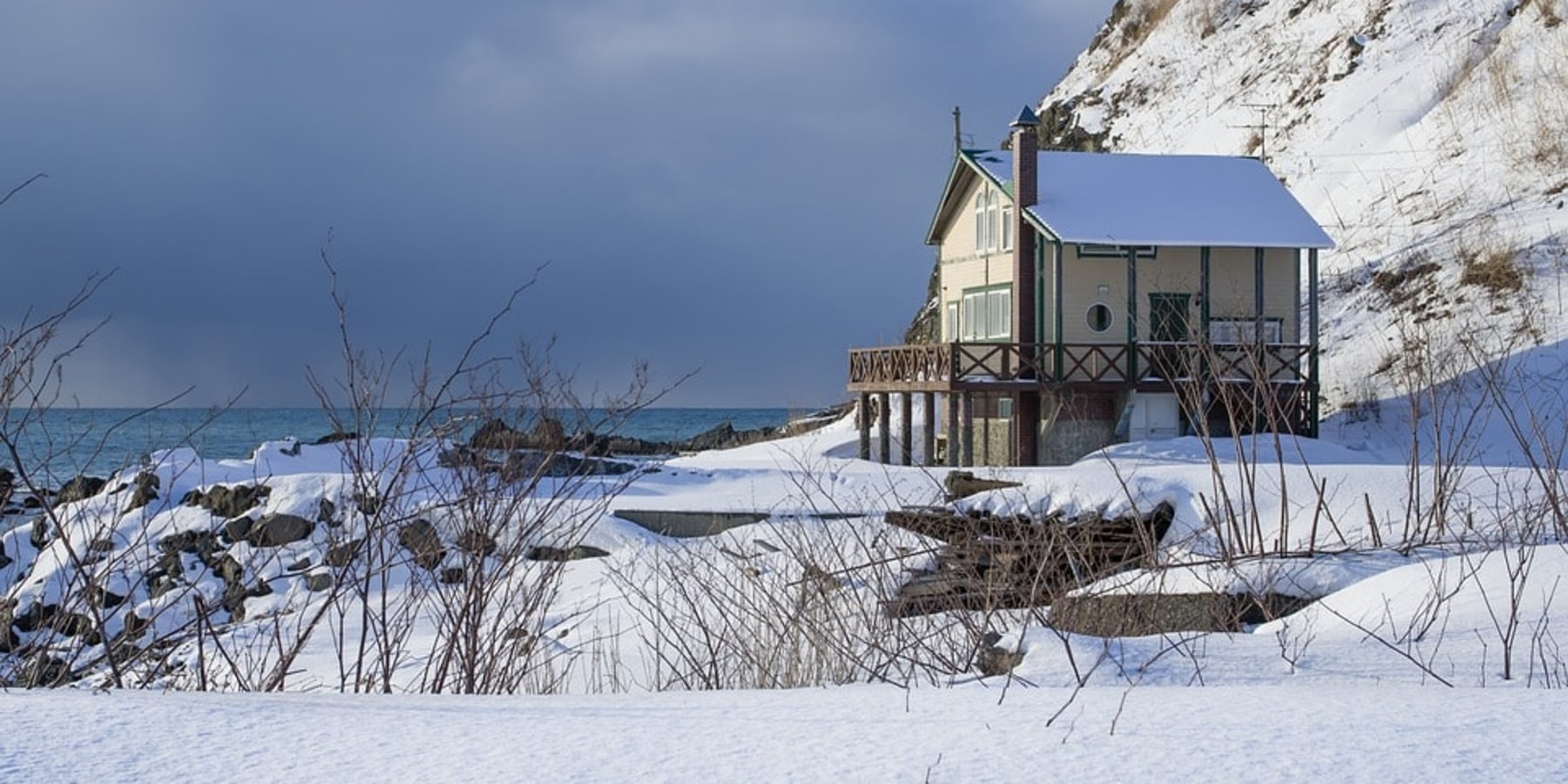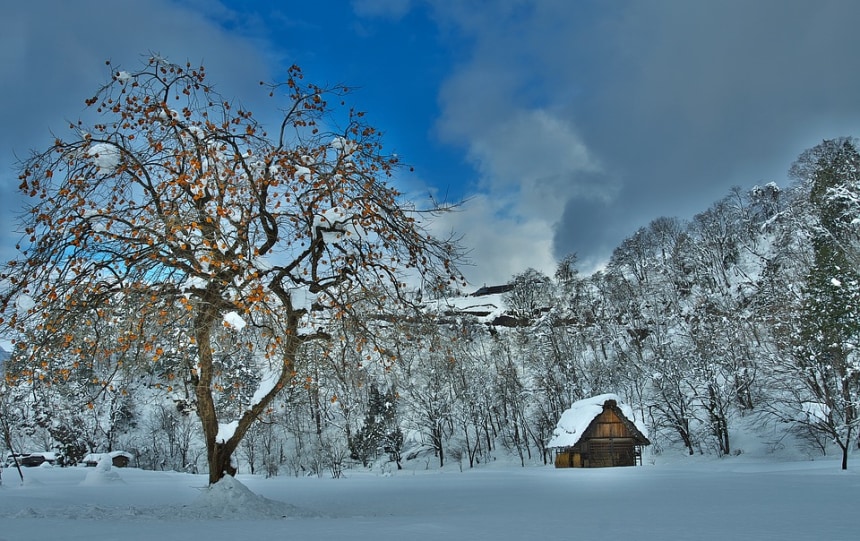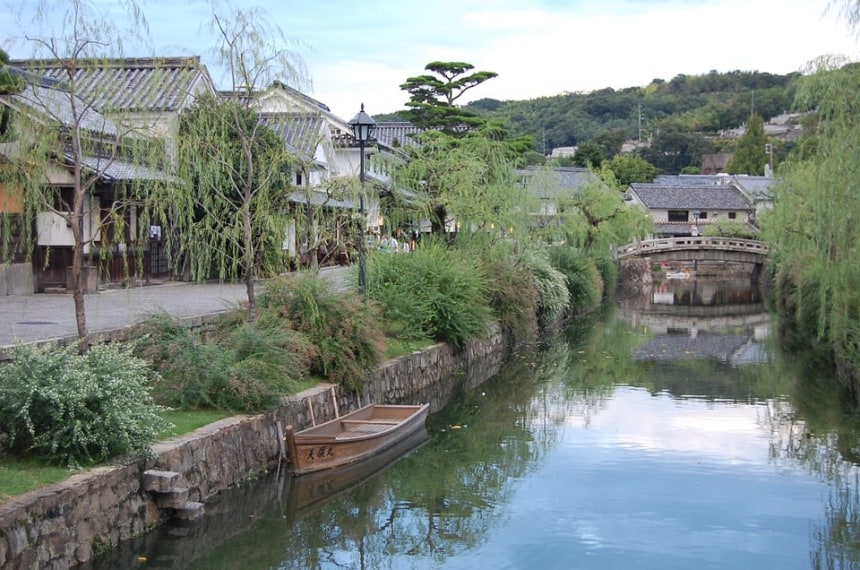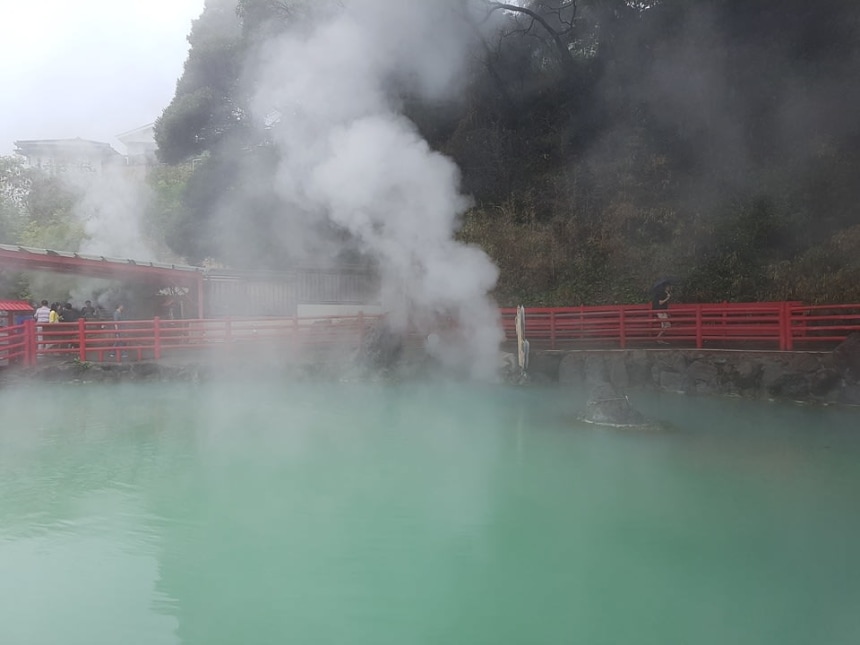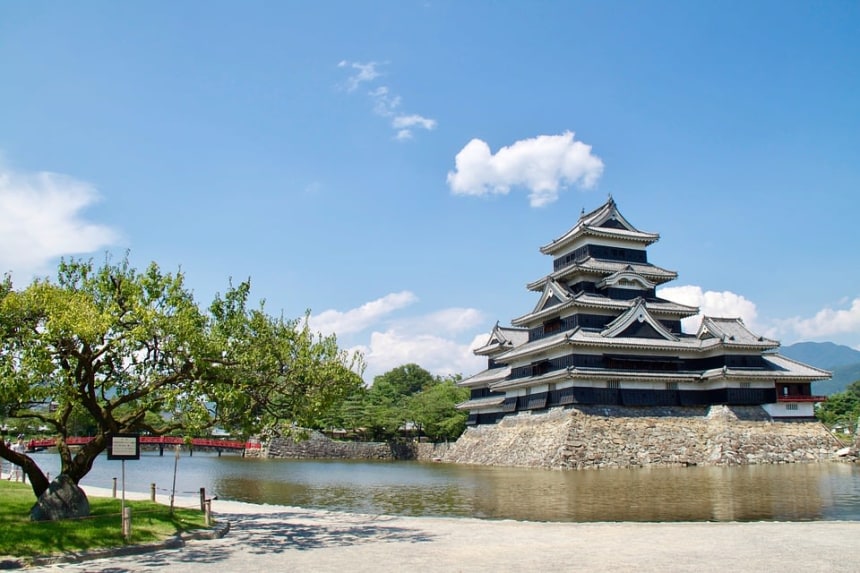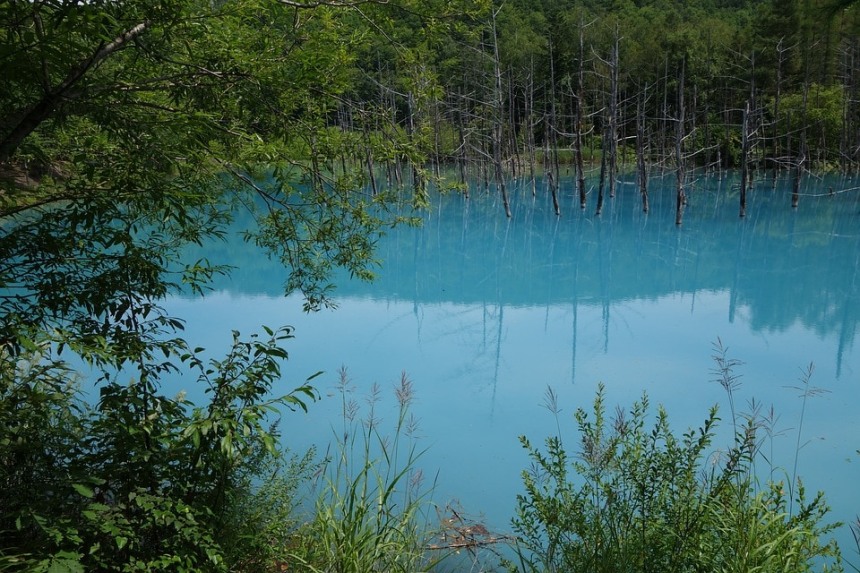| 6 mins read
Ross Cameron
For centuries Japan has fascinated and mystified visitors in equal measure. In the 19th century, foreign traders to the ‘land of the rising sun’ were only allowed to disembark from their boats at select ports across the country and in many ways, little has changed today. Tourists flock to the blockbuster attractions found in the big cities of Tokyo, Osaka and Kyoto – all of which are centrally located on Honshu – and are completely unaware of the hidden gems that Japan offers. Forget the tourist traps and let this guide to the hidden gems of Japan show you destinations you did not know existed, from the snowy mountains of Hokkaido to the year-round tropical sunshine of Okinawa.
Explore Japan’s alpine history in Shirakawa and Gokayama
Nestled at the foot of the legendary Mount Haku are the UNESCO listed villages of the Shirakawa and Gokayama districts. Peppered across the alpine hillsides are the villages of Ogimachi in Shirakawa and Suganuma and Ainokura in Gokayama, which are all famed for their gassho style farmhouses that look straight out of a Japanese remake of The Sound of Music. Whether you visit these enchanting villages during the spring months when the surrounding alpine meadows are vibrant with wildflowers or in the depths of winter when a thick blanket of snow coats their thatched roofs, you will be sure to confound all your preconceptions of Japan.
For the best experience, take a guided tour of this breathtaking collection of high-altitude villages where locals will be able to reveal their centuries-old history. An insider tip is to spend the majority of your time in the villages of Gokayama district, as these are more remote than those in Shirakawa and stay quiet even in the summer months.
Stroll the canals of Kurashiki’s Bikan Quarter
Located on the shores of Japan’s Seto Inland Sea, Kurashiki is an ideal hidden gem day trip from nearby Okayama. The town’s prime attraction, which often goes under the radar of most tourists in Japan, is the atmospheric Bikan Quarter, an area of immaculately preserved buildings that flank willow tree-lined canals. During the feudal era, the canals were used to transport rice from the paddy fields of the surrounding countryside while the picture-perfect white warehouses of the district were used to store it.
To get the most out of your trip to Kurashiki, make sure to stroll the canals at night when they look particularly cinematic and the Bikan Quarter’s traditional sake bars are spilling out onto the cobbled streets. If you want to stay in Kurashiki for more than the day, it is also worthwhile checking out the Ohara Museum of Art, which was established in 1930 by a local textile magnate and has since become one of Japan’s premier art galleries.
Take a dip in one of Beppu’s steaming thermal baths
Far removed from the big cities of Honshu, few tourists make it to Kyushu, the southernmost major island of the Japanese archipelago that is best known for its volcanic landscape and bubbling hot springs. To best experience Kyushu’s fiery geology, head to the rolling city of Beppu, which sits atop a plethora of thermal vents that send pleasantly warm water bubbling to the surface of the earth.
There are many places in Beppu to take a dip but one of the best is Onsen Hoyo Land, which is famed for its thick cream-like mud baths that are one nature’s best exfoliates. If you are in the city for a few days be sure to stroll the lively streets around the city’s Asia Pacific University campus, which are filled with atmospheric eateries, student dive bars and bohemian cafes that are hard to find elsewhere in Kyushu.
Marvel at medieval architecture at Matsumoto Castle
There are few cities as spectacularly situated in Japan than Matsumoto. Flanked by the northernmost Japan Alps, the city was founded in the 8th century and became a stronghold of the Ogasawara clan in the 14th and 15th centuries. Today, it remains one of the best places in Japan to see medieval architecture with the obvious highlight being the imposing Matsumoto Castle, which is the country’s oldest wooden castle dating from the late-1500s.
When visiting the castle, make sure to climb to the top of its castellated walls, which offer impressive views over the medieval old town towards the distant snow-capped mountains. Moreover, recent restoration works have added immersive historical displays on each level of the castle that let visitors get to grips with what life in Matsumoto was like under the rule of the Ogasawara clan. Guided tours of Matsumoto Castle, many of which are in English, are interspersed throughout the day.
Hike through Hokkaido’s jaw-dropping national parks
Often referred to as Japan’s ‘wild north’, Hokkaido certainly lives up to its reputation with a plethora of national parks protecting the country’s last remaining true wildernesses. The best of the bunch is Shiretoko, which covers Hokkaido’s northernmost peninsula – an area that the indigenous Ainu people call ‘the end of the world’. The park’s towering mountains, rolling forest-clad hills and sea views towards the Russian ex-penal colony of Sakhalin make it a truly unforgettable experience. Another park located at the metaphorical end of the world is Rishiri-Rebun-Sarobetsu, which encompasses an archipelago off the coast of Japan’s most northern city, Wakkanai. With next to no tourism and only a small indigenous Ainu population for company, hiking through the park’s wilderness is one of Japan’s most liberating experiences.
Closer to civilisation is the volcanic Akan National Park, which is famed for its caldera lakes, traditional Ainu kotans (villages) and herds of picture-perfect sika deer. There is also the Daisetsuzan National Park, which literally translates to ‘big snow mountain’ and is famed for its unbelievably heavy snowfalls and relaxing thermal springs.
“Over the past decade, Ross Cameron has travelled extensively across Europe, Southeast Asia, North America, North Africa, and the post-Soviet space. As someone who has areal passion for these regions of the globe, he is able to offer an expert opinion that highlights the best off the beaten track destinations.”

